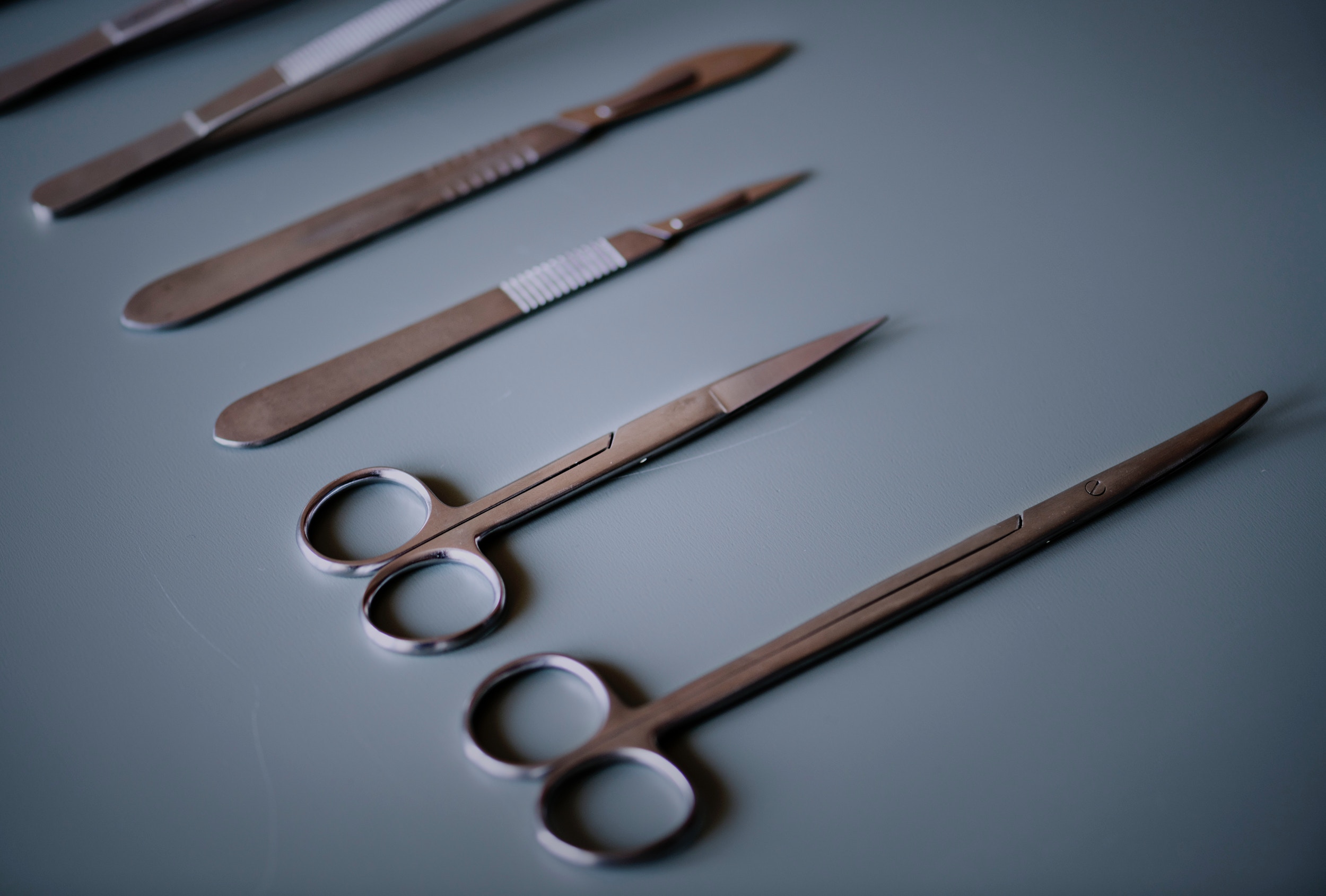Hair transplant, or how aesthetic medicine deals with baldness. Baldness is a problem faced by a large number of men on a daily basis. Hair loss can have many different causes – hormonal, genetic and also caused by various diseases. Until recently, it was an unsolvable problem, fortunately nowadays aesthetic medicine is able to reverse the hair loss process. A hair transplant may be the solution.
Hair loss as a source of complexes
Although in the legends and legends the belief that „a wise head does not hold a hair” has been maintained, it is no comfort to many men. Alopecia or even only partial hair loss very often translates into serious complexes and loss of self-confidence. Directly associated with aging, loss of vital and sexual energy. This is why many men would give a lot for being able to get a thick and beautiful hairstyle. Fortunately, aesthetic medicine knows the possibility of stopping the process of baldness – it is a hair transplant.
What is hair transplant?
Many people are now wondering what hair transplantation is all about. Contemporary aesthetic medicineis based on the most modern methods, which is why the invasive techniques that were used until recently, which were associated with pain and scars, are fortunately gone. Currently, hair transplantation is performed manually by a doctor or a robot specially adapted to these activities. Single hair follicles are transplanted from anywhere on the body to an area where they are especially needed. Most often it is the scalp, but in fact, we can choose any area. The transplanted hair falls out after some time and new, natural hair grows in their place. Hair transplantation is performed in the case of various types of alopecia – including androgenic and scarring.
- https://www.istudio.com.pl/klimatyzacja-w-warszawie/
- https://www.mce.edu.pl/hurtownia-kwiatow-sztucznych-piekne-elementy-trwalych-kompozycji/
- https://www.hotelpergamin.pl/czym-jest-ocp-przewoznika-i-dlaczego-warto-w-niego-zainwestowac/
Thanks to the techniques offered by aesthetic medicine, the effects of hair transplantation are very positive and visible at first glance. The treatment results in a visible thickening of our natural hair wherever we thought there was not enough of it. As a result of the treatment, we can forever give up accessories such as wigs or toupees.
Who is the hair transplant for?
Aesthetic medicine makes hair transplant an ideal procedure for all men who are going bald as a result of hormonal or genetic disorders. Many people wonder if there are any contraindications to the procedure. Of course, as in the case of any aesthetic medicine treatment, there is a mandatory medical consultation before performing it, during which we undergo a detailed interview. It aims to exclude all possible contraindications, which are not many, but which must be taken into account.
- szkola-muzyczna24.com.pl/nauka-gry-na-gitarze-poznan/
- adwokat-prawnik.eu/251/adwokat-torun
- szkola-muzyczna24.com.pl/poznan/
As with any medical procedure, possible contraindications should also be considered here. These include:
- neoplastic diseases active at the time of surgery
- unstable cardiovascular diseases
- unstable diabetes
- skin inflammation
- alopecia areata
Although there are not many medical contraindications, before each hair transplant procedure, for your own safety, you should rule out their occurrence. In the case of diabetes or cardiovascular diseases, they are contraindicated only when they are not stabilized, i.e. we are undergoing treatment or have not yet started treatment. In the case of chronic illnesses for which we take medications and are stabilized, we can almost be sure that they will not be a contraindication.
Is the hair transplant painful?
Many people give up the possibilities offered by aesthetic medicine due to the fear of pain, scars and long convalescence. However, when it comes to hair transplants performed in modern offices, there is nothing to worry about. The methods used during the procedures are completely non-invasive and performed under local anesthesia. So we can be absolutely sure that we will not feel any pain or discomfort during them.
 One of the most recurring concerns is also the issue of scars left after surgery. This fear stems from a time when hair transplants involved tearing off pieces of skin and using large numbers of sutures. Fortunately, nowadays using a scalpel is not an option at all, so scars and swelling after the procedure are insignificant and practically invisible. Moreover, they disappear very quickly.
One of the most recurring concerns is also the issue of scars left after surgery. This fear stems from a time when hair transplants involved tearing off pieces of skin and using large numbers of sutures. Fortunately, nowadays using a scalpel is not an option at all, so scars and swelling after the procedure are insignificant and practically invisible. Moreover, they disappear very quickly.
The issue of convalescence is also very important. It lasts up to two weeks after the procedure. During this time, all redness disappears. During this period, it is recommended not to wear headgear and take special care of the treated areas. They should not be subjected to dirt or contamination. Let’s also prepare for the fact that after some time the transplanted hair will go into the telogen phase and start falling out. In their place, new ones – completely natural – will soon appear.

